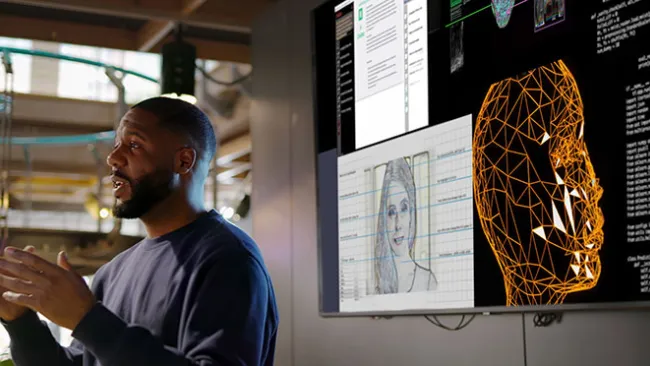Even in the digital age, human interactions remain a critical part of customer satisfaction. Knowledgeable and experienced associates play a vital role in helping customers and driving loyalty. But companies that rely on traditional training methods are short-changing their employees on the training they need to provide superior customer service.
What if you could improve the customer experience with simple changes to training? We’ve identified several best practices on how to do exactly that.
For years, traditional training procedures have focused on passive learning methods such as lectures and rote memorization. Today, advanced learnings and technology have introduced a new wave of experiential, hands-on training that helps employees retain more information and think critically.
Why is this important? Let’s face it: customers are impatient.
In many cases, by the time customers reach an associate over the phone or at the service desk, most have already exhausted self-service options and are looking for fast and efficient assistance. The quality of service an associate provides may even determine whether or not the customer defects to a competitor. In fact, research has shown that consumers will switch providers due to poor customer service.
Furthermore, a 2014 survey by American Express found that 68 percent of consumers said they’d be willing to spend more with a company that they believe provides excellent service. And 74 percent said they have spent more in such a situation. Simply put, companies have clear incentives to provide employees with the right training to deliver excellent customer service.
Experiential training provides an engaging learning environment where employees actively practice skills that they’ll need in their role. Instead of simply being told what to do, employees learn to assess the situation and determine what the best response would be.
So what does experiential training look like in the real world?
Take a contact center onboarding program as an example. New hires receive training in a simulated environment where they take phone calls that are based on actual customer issues and enter information into the applications and databases that they’ll use in real life. They’re immersed in the experiences, expectations, and pressures that are part of their job—with the opportunity to learn from their mistakes. Additionally, the employees learn how to be self-reliant by troubleshooting issues by themselves instead of memorizing a set of responses.
This approach leads to significant results. For instance, experiential training has been shown to improve a trainee’s speed to proficiency by 37 percent and reduce the overall training time by 30 percent.
Also, the added value of experiential training is that there are more opportunities for measurement and accountability. With a well-designed program, learners will frequently go through manager/instructor-driven evaluations, something that is often overlooked in the traditional training model.
After practicing and studying the tasks, processes, and policies that are part of the job, associates need a supervisor to provide feedback. Training is not an automated process that businesses can just “set and forget” about. Employees need a coach or supervisor to review their performance and point out areas where they’ve made mistakes.
Some companies choose to omit interactive evaluations though, because it requires additional resources and people. Instead, they’re satisfied to have employees check off each task as they go through training, regardless of whether the employee actually understands the task or performs it well. This approach will cost the business in the long run in the form of policy infractions, poor NPS scores, increased call handle times, dissatisfied customers, and other issues.
The smart approach is to invest in a holistic training program that includes all the key components designed to work in unison: an immersive environment where employees can practice the skills they’ll need, performance reporting, and coaching. If done correctly, experiential training prepares employees for their roles more effectively and more efficiently than traditional methods; increases employee motivation to learn new skills and retain information, and fosters a better understanding of the organization’s values and goals.
Moreover, experiential training can be applied to any department or industry. In a world where excellent customer experiences are a competitive advantage, companies have more to lose by sticking with the status quo than by embracing change.
Like this post? Subscribe to our customer experience blog.
Also, check out the most recent issue of our monthly customer experience eNewsletter, Dialogue.
Experiential Training Transforms the Training Landscape















